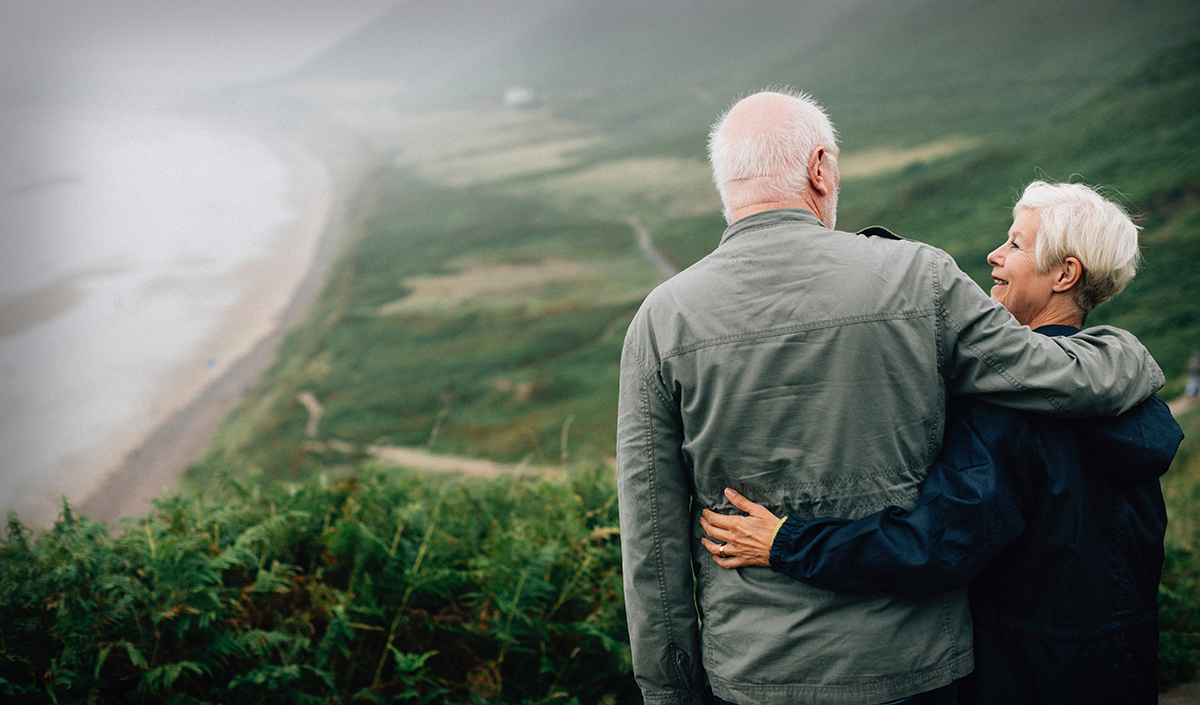Trending Topics
Navigating Mobility Disadvantages with Confidence

With aging comes many challenges to self-confidence, one of the biggest of which is reduced mobility. It can be tempting to try and ignore them, but “aging well” doesn’t mean denying the limitations that come with age: it means refusing to let those limitations define you. Here are a few tips for making sure mobility issues don’t limit your confidence—or your style.
Stand Tall
Multiple studies show that our body language influences how we feel, and how others feel about us. A powerful stance can affect the hormones in our brains, increasing those that give us confidence and decreasing those that make us feel stress. The most basic power stance? Standing up straight.
A hunched back immediately makes a person look older by signaling a lack of energy. No matter how confident you are, the stress a fixed-seat walker puts on your back and neck by requiring you to hunch over will impact your mood and how others see you. A walker that gives you the dignity of walking and standing upright provides both mobility and a boost of self-confidence.
When you’re sitting, make sure you’re not leaning to one side or tilting your head, and that your back is fully supported. When using a computer, tablet or smartphone, make sure the screen is positioned so that you’re not straining or tilting your neck. It’s never too late to improve your posture: there are plenty of simple exercises that can help you strengthen the muscles in your neck and back.
Get Physical
If you weren’t sold on the importance of exercise already, incorporating it into your daily routine can improve your mental health in addition to your physical health. Even if mobility issues mean you have to take it one step at a time, know that with each of those steps, you’re doing what’s best for yourself and your body. That confidence boost can go a long way in counteracting the worry and stress that come with physical decline.
Aim for 20 minutes a day, ideally a mix of cardio and strength training. Chair yoga, tai chi and water aerobics are great options for strengthening the legs and improving your balance. A 2018 study found that for adults over 70, practicing low-impact tai chi for two hours a week reduced the incidence of falls by 58%.
Put a Fashionable Foot Forward
It’s time to change your perception of walkers, canes and orthopedic shoes from medical devices to fashion accessories.
In the past when it came to mobility issues, the only fashion do’s were fashion don’ts: Don’t wear high heels. No slip-ons. Avoid flip-flops. Those are all still true, but with the growing availability of fashionable, sensible footwear out there, it’s time to focus on the positive. It’s not hard to find fashionable, supportive shoes with good treads from brands like Vionics, founded by a podiatrist, and Aetrex, which started as a orthotics company.
Thanks to “plenty of personality,” today’s walking aids are fashionable enough even for a Vogue fashion writer. Whether your style calls for a brazenly bold purple cane, the timeless sophistication of a finely carved walking stick or a sleek Motivo Tour in brushed titanium, the right walking aid can be an expression of who you are, and a reminder that you are not your mobility limitations.
A few more quick tips:
• Get outside. Vitamin D plays an important role in regulating our mood and keeping depression at bay. The good news? It’s practically free. Just 10 to 15 minutes of sunlight on the arms and legs a few times a week generates nearly all the vitamin D we need.
• Choose single-focus lenses. Bifocals change your depth perception, so wear single-focus glasses when walking, especially outside or on uneven surfaces.
• Swap “sorry” for “thank you.” Over-apologizing can be detrimental to our self-confidence. Don’t apologize for taking up space; instead, thank those who make space for you.
